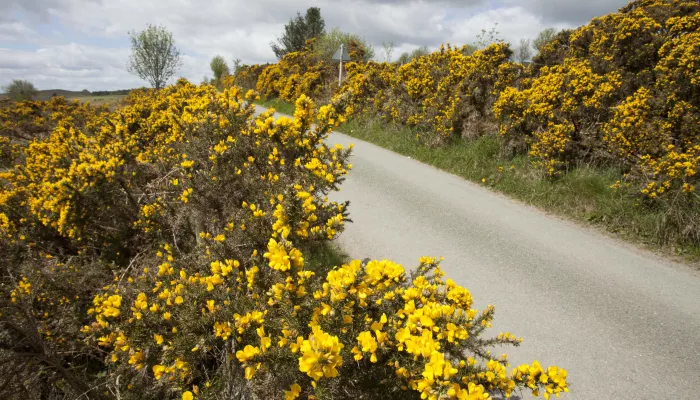About
Common gorse can be seen in all kinds of habitats, from heaths and coastal grasslands to towns and gardens. It generally flowers from January to June (although it may flower sporadically throughout the year), while its close relatives - Western gorse and dwarf gorse - flower from July to November. Common gorse is a large shrub and a member of the pea family.It provides shelter and food for many insects and birds, such as Dartford warblers, stonechats and yellowhammers.

